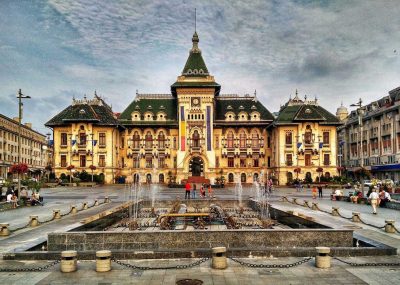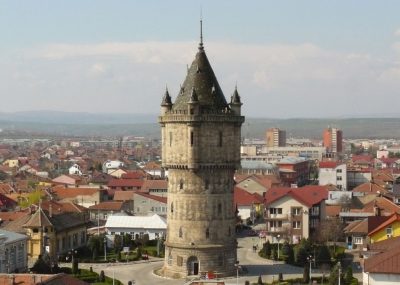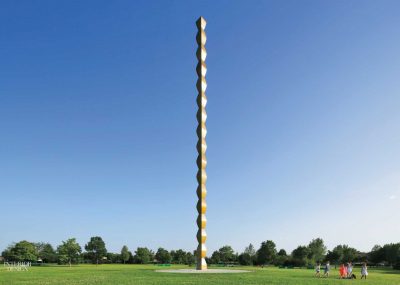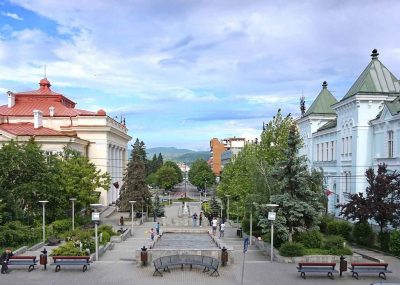The charm of Oltenia arises from a variety of architectural and historical monuments such as ancient places of worship, monasteries, and hermitages. The area is also valued for its spa resorts, renowned for their treatments. Oltenia offers a unique experience to tourists through its exceptional landscapes.
Oltenia is located in the southwestern part of Romania and is bordered by the following regions: Hunedoara to the north, Argeș and Bucharest to the east, Banat to the west, and Bulgaria to the south.
In Oltenia, Romanians coexist alongside several ethnic communities, including Albanians, Bulgarians, Czechs, Jews, Italians, and Roma.
The region’s landscape is diverse, encompassing the Oltenian Plain, the Getic Subcarpathians, the Getic Plateau, and a small part of the Southern Carpathians.


Târgu-Jiu is an important city for national culture. This is due to the sculptures created by Constantin Brâncuși, which can be found here. In addition to these attractions, you can also admire the Polovragi Monastery, Polovragi Cave, and the Muierilor Cave.

Râmnicu Vâlcea is another Romanian city where you will find monuments that speak of the area’s history: the Independence Monument, the Buridava Roman Fort, Cozia Monastery, and the “Anton Pann” Memorial House.

The Severin Fortress dates back to the medieval era and was the cause of many disputes between the Hungarians, Bulgarians, and Wallachian voivodes.
Brâncuși’s sculptures—The Table of Silence, The Gate of the Kiss, and The Endless Column—are true treasures of Romanian culture.
Tismana Monastery is located on Mount Stârmina and symbolizes the “soul of Oltenia.” The picturesque setting, fortified walls, and the monastery’s history transport you to an ancient world.
Muierilor Cave is the first electrified cave in the country. Its name comes from the fact that, during the wars, women and children sought refuge here.
The Natural Bridge at Ponoarele, also known as the “Bridge of God,” is the only one of its kind open to traffic in the country. It is one of the three natural bridges worldwide and the second largest in Europe.
The spa resorts of Căciulata, Călimănești, Olănești, and Govora are excellent destinations for treatment and relaxation.